Most of the companies I work with are currently either transitioning to a competency-based organization (SBO) or considering it. This is not surprising, as prioritizing measurable skills over traditional roles or degrees helps expand talent pools, increase agility and internal mobility, and ensure organizations are better able to adapt to rapid changes in AI (Cantrell et al., 2022).
However, as companies replace rigid job titles with competency-based models, choose their skill taxonomies, and embark on skills mapping, I can't help but wonder: Is it really enough to focus only on skills? ?
Just last week, during a presentation to the HR executive committee of one of Europe's largest high-tech companies, this question sparked a few curious glances. The problem is that without understanding the difference between strengths and skills, and by focusing solely on the latter, companies risk missing out on what truly fuels engagement, resilience, and innovation. Worse still, they could unwittingly create the conditions conducive to exhaustion and burnout.
Skills vs. Strengths
Skills are abilities, both technical (such as coding or data analysis) and human (such as critical thinking or emotional intelligence), that can be learned, developed, and applied to accomplish tasks or achieve goals. Strengths, on the other hand, are innate and authentic qualities that enable superior performance, align with an individual's natural talents, and generate increased energy and engagement when mobilized. Skills and strengths both reflect what we excel at, and may even seem very similar, as they both contribute to performance. Yet, one key difference sets them apart: the energy felt when using strengths—an aspect entirely absent when talking about skills.
Why strengths last longer than skills
1. Skills expire, strengths evolve
Technical skills, like coding in a soon-to-be-obsolete language, have a limited shelf life. Strengths, like problem-solving or collaboration, thrive in any role or industry. A strategic mindset today will still be strategic in ten years, even if all their tools have changed in the meantime.
2. Skills fill gaps, strengths fuel passion
Focusing solely on skills risks placing people in roles where they excel... without finding meaning in them. Strengths-based roles, on the other hand, align work with what energizes employees. Imagine a data analyst who's good with spreadsheets but truly talented at storytelling: involving them in client-facing projects could reveal unsuspected value (Excel pun fully intended).
3. The use of skills can lead to fatigue, that of strengths to fulfillment
In the long term, intensive use of acquired skills not supported by personal strengths can lead to boredom, fatigue, and even burnout. Conversely, research shows that using strengths at work improves not only performance, but also self-confidence, engagement, job satisfaction, and well-being (Miglianico et al., 2020; Luan et al., 2023).
Integrate skills and strengths
It's important to emphasize that this isn't a choice between one or the other. While the skills-based organization (SBO) approach has many advantages, organizations must also consciously and explicitly integrate strengths into their new operating model.
• Map strengths, not just skills: Use existing strengths assessment tools, such as digital strengths maps , to identify employees' natural strengths. This allows for a much more holistic approach to assessing people as a whole.
• Design roles based on strengths: Beyond the technical and functional skills required for a position, analyze the strength profiles of top performers. This helps identify the innate qualities and talents that lead to excellence, and emphasizes the expression of strengths rather than a simple skills inventory.
• Use strengths as a basis for developing skills: Encourage the development of skills related to individual strengths. For example, someone with a strong communication skill might benefit from training in persuasive writing, storytelling, or public speaking. Similarly, someone with a strong analytical skill might benefit from learning data visualization tools (like Tableau), statistical modeling, or Python programming.
• Integrate questions about strengths into interviews and annual reviews: Take a coaching approach to formulating questions that reveal what people naturally do well and what makes them energizes . Use this information to better match talent to business needs, encourage project mobility, and enrich skills mapping and development efforts.
• Train all managers to understand and use strengths : Use force cards during your next leadership development workshops to introduce managers to this approach. Then, consider how to integrate strengths into recruitment, onboarding, professional development, and performance management processes.
• Integrate subjective variables into performance evaluation: In addition to tracking traditional KPIs, include questions about individual engagement and well-being. This helps identify potential imbalances caused by an overreliance on skills alone.
In summary
Skills matter, of course—but they're only the starting point, not the end goal. Strengths are what truly enable individuals to soar. By combining skills-based agility with a strengths-centric view, companies aren't just future-proofing their organizations: they're creating cultures where employees feel valued, not just used. In doing so, they're laying the foundation for sustainable performance, rooted in both engagement and well-being.
Because ultimately, the goal isn't just to build a team that can keep up, it's to build a team that leads the way.
Cantrell, S., Griffiths, M., Jones, R., & Hiipakka, J. (2022). The skills-based organization: A new operating model for work and the workforce. Deloitte Insights; Deloitte. Luan, Y., Zhao, G., Xu, L., & Ren, B. (2023). Strengths use in the workplace: A meta-analysis. Journal of Psychology in Africa, 33(6), 612-617. Miglianico, M., Dubreuil, P., Miquelon, P., Bakker, AB, & Martin-Krumm, C. (2020). Strength uses in the workplace: A literature review. Journal of Happiness Studies, 21, 737-764.



Leave a comment
All comments are moderated before being published.
This site is protected by hCaptcha and the hCaptcha Privacy Policy and Terms of Service apply.